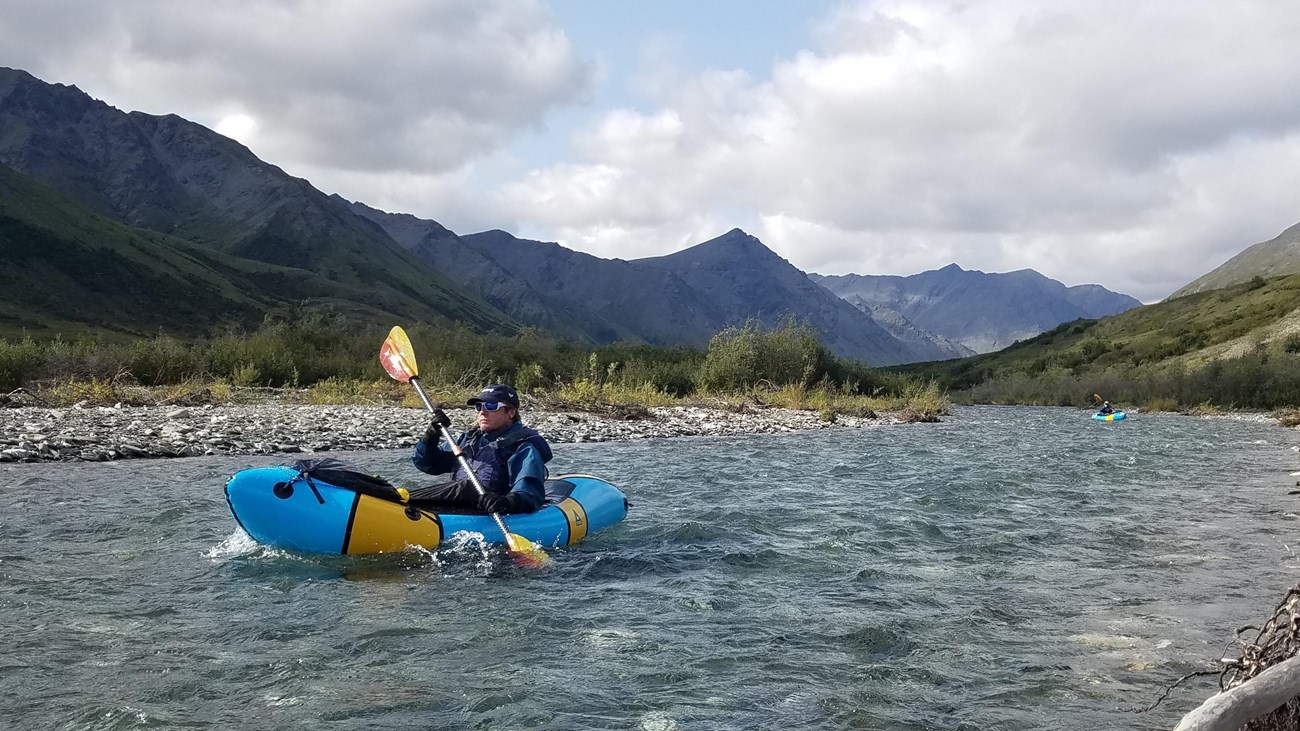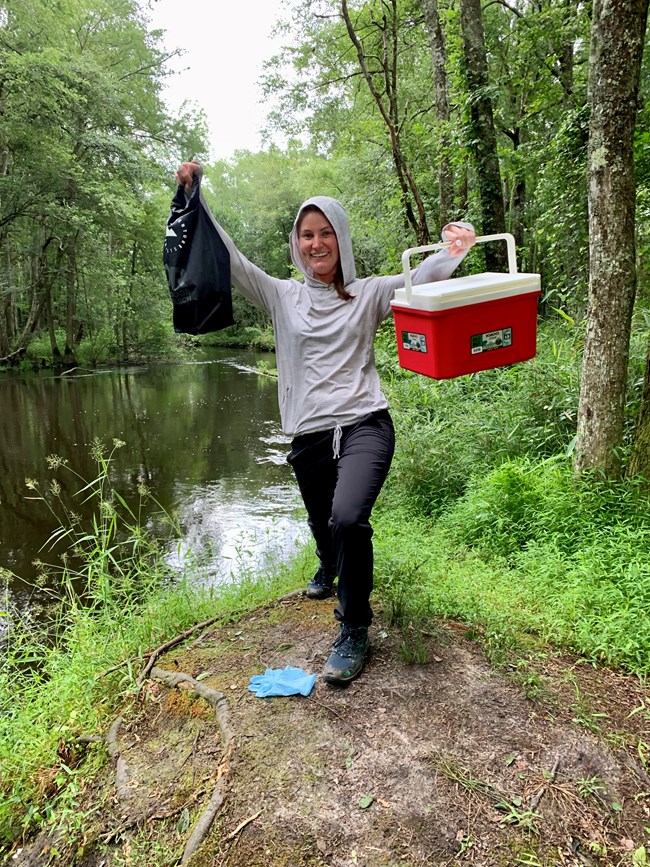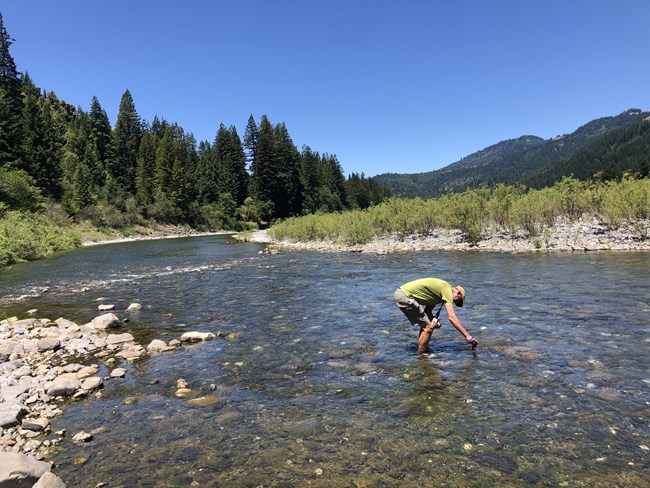Last updated: February 14, 2022
Article
Mobilizing Community Scientists for Water Quality

Ricky Jones/Adventure Scientists
Content submitted by: Maris Fessenden, Adventure Scientists
America's Wild and Scenic Rivers are some of the country’s most cherished free-flowing rivers. Water quality is a fundamental value of the designation, yet a 2018 assessment found that only 17.9 percent of WSRs were known to have good water quality. Nearly 40 percent have little to no data on water quality.
Since 2020, Adventure Scientists has collaborated with the National Park Service, U.S. Forest Service (USFS), and Bureau of Land Management (BLM) to change that. Through 2023, volunteers are hiking, biking, trail running, and paddling rivers across the country, collecting data to create the most comprehensive view of the health of the Wild and Scenic River System ever attempted.

Steve Bowman
“Adventure Scientists has the ability to get people out into very remote areas, like Alaska and wilderness areas,” said Susan Rosebrough, the Acting Wild and Scenic River Science Lead with the NPS. “The data they collect are snapshots in time, but will enable us to ID any water quality issues and prioritize future data collection.”
Volunteers collect two kinds of samples: field probe measurements include data on temperature, acidity, dissolved oxygen, and conductivity. Physical water samples are shipped to the USFS Rocky Mountain Research Station for further study of their chemical profiles, potential pollutants, and turbidity.
Priority river segments for the project include 42 rivers and tributaries managed by the NPS. Those segments include more than 1,750 river miles across 10 states.
During 2021, 78 volunteer teams visited 106 wild and scenic rivers and tributaries, including 26 managed by the NPS. The data they collected included 550 field probe measurements and 83 water samples sent to the lab for analysis. Data collection in Alaska is a priority, where volunteers visited 14 rivers and tributaries this year including the North Fork of the Koyukuk, Alatna, and Noatak Rivers managed by the NPS.

There are also benefits beyond data collection from this project. Volunteers reported a 67.7 percent increase in personal engagement with issues surrounding water quality on WSRs. One volunteer expanded on this sentiment saying, “at a time when it felt like the world was (is?) falling apart, this project gave us a focus and a sense of purpose while doing something that replenished our taxed inner resources.”
Sixty-nine percent of volunteers reported taking conservation-related actions after volunteering, including getting involved with local river conservation groups and changing careers to focus on water conservation and resource management.
By the project's end, Adventure Scientists’ volunteers will have filled critical data gaps for the NPS and other agencies tasked with preserving these exceptional rivers. Learn more on the project’s webpage and with this interactive map.
